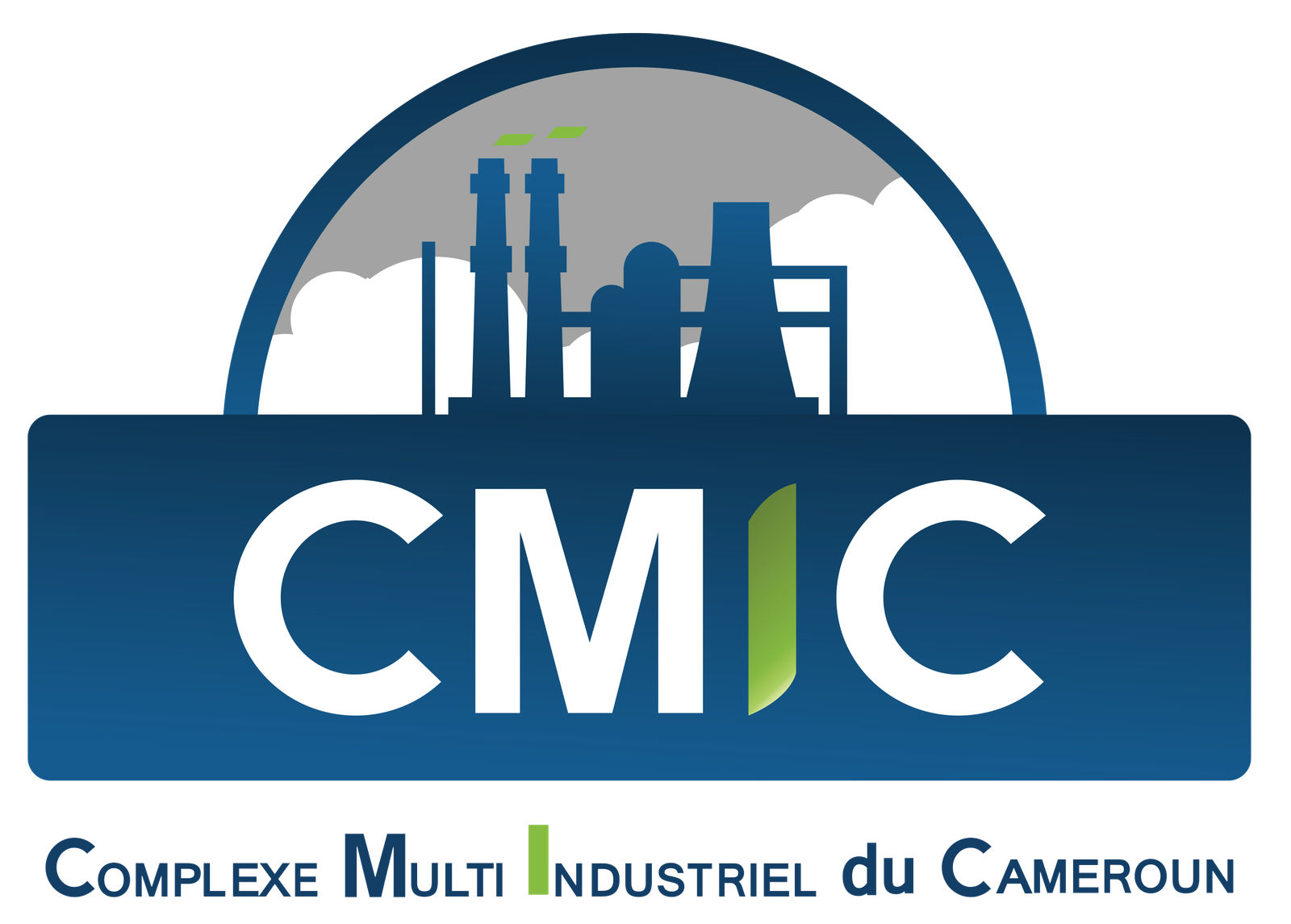What is Cost of Equity? Formula to calculate it
Contents
For example, suppose that a company can generate INR 1 crore profit each year and this is distributed equally among 10,000 shares. If the company raises capital by issuing 5,000 new shares, then the same INR 1 crore will now be divided among 15,000 shares. The cost of equity measures how much returns a company has to produce to keep its shareholders invested in the company and raise additional capital whenever necessary to keep operations flowing.
Cost of Equitymeans the Company’s imputed equity cost based on a formula approved by the Committee prior to the start of the Plan Year. The difference between all your assets and all your liabilities is your personal net worth. Cut through the noise and dive deep on a specific topic with one of our curated content hubs. This website is using a security service to protect itself from online attacks.
DCF valuation is a very detailed form of valuation and requires access to significant amounts of company information. It is also the most heavily relied on approach, as it incorporates all https://1investing.in/ aspects of a business and is, therefore, considered the most accurate and complete measure. The dividend capitalization model requires that the stock you are analyzing earns dividends.
It is the cost of equity under the assumption that the company has no debt in its capital structure. It can be calculated using capital asset pricing model by substituting the equity beta coefficient with asset beta . Cost of equity is an important input in different stock valuation models such as dividend discount model, H- model, residual income model and free cash flow to equity model.
- Let us take an example of Starbucks and calculate the Cost of Equity using the CAPM model.
- Return on a relevant benchmark index such as S & P 500 is a good estimate for market rate of return.
- However, for valuation purposes, the cost of equity is required.
- In exchange for taking less risk, debtholders have a lower expected rate of return.
- Plowback ratio is the amount that the company expects to retain in the business whereas ROE is the return on equity that the company historically earns on its equity investments.
- First, we will use the usual model, which has been used by the investors repeatedly.
Helping private company owners and entrepreneurs sell their businesses on the right terms, at the right time and for maximum value. Coca-Cola has a cost of equity of 6.4%, while its competitor PepsiCo has a Ke of 5.5%. Let’s now take the example of the Steel Sector’s cost of equity.
What Does Cost of Equity Mean?
So, there are no tax benefits available when calculating the Cost of Equity share capital. Whereas, the tax rate can be reduced from the Cost of Debt because the interest payments are deducted before the tax calculations. In US $Company ADividends Per Share12Market Price of Share100Growth in the next year5%Now, this is the simplest example of a dividend discount model. We know that the dividend per share is US $30, and the market price per share is US $100.

With this, we have all the necessary information to calculate the cost of equity. For a single stock, you need to look at the stock’s closing price every day for a particular period. Also, the closing level of the market benchmark (usually S&P 500) for a similar period and then use excel in running the regression analysis.
It is also used in calculation of the weighted average cost of capital. The cost of capital is the total cost of raising capital, taking into account both the cost of equity and the cost of debt. A stable, well-performing company generally will have a lower cost of capital.
Cost of Equity in Financial Modeling
It is actually a rate of return that is needed to make a profit on the raised capital and it is a component of the overall Cost of Capital for a company. So, now we can re-arrange this formula and solve for the discount rate. The discount rate is our cost of capital and it will be the output from the rearranged formula. We can trust our results to an extent, but if you’ve been following along, you can see that our results from using each method are quite different. Evaluating your assets based on this calculation will not always be completely accurate, but can help point you in the right direction when it comes to investing. Now that we have all the information we need, let’s calculate the cost of equity of McDonald’s stock using the CAPM.
One is the method that we are about to discuss now and the other is called the “Capital Asset Pricing Model”. That will be discussed in a later article in the same module. This number represents how risky investing in McDonald’s is compared to the general market. As we saw from the CAPM formula above, Beta is the only variable unique to each of the companies. Beta gives us a numerical measure of how volatile the stock is compared to the stock market.
Pre-tax cost of debt equals the yield to maturity on the company’s debt and the risk premium can be obtained from historical data i.e. the difference between realized return on equity and bond yield. Cost of Equitymeans the Corporation’s imputed equity cost based on a formula approved by the Bonus Committee prior to the start of the year. In order to learn how to calculate Cost of Equity, it is important to know about the future earnings of the shareholders.
Theoretically, government-issued bonds are viewed as risk-free because if deemed necessary, the government could print more money at their discretion to avoid defaulting. Master excel formulas, graphs, shortcuts with 3+hrs of Video. We need a beta for TCS, which we have taken from Yahoo finance cost of equity meaning India. Will Kenton is an expert on the economy and investing laws and regulations. He previously held senior editorial roles at Investopedia and Kapitall Wire and holds a MA in Economics from The New School for Social Research and Doctor of Philosophy in English literature from NYU.

If an investor decides to contribute capital to the investment or project, the cost of equity is the expected return, which should compensate the investor appropriately for the degree of risk undertaken. When you’re looking at the WACC, it’s helpful to remember that the cost of debt is usually lower than the cost of equity. The cost of equity is the return that investors expect on their investment. If the cost of debt is higher, it could indicate that the company is in a poor credit position as it has had to agree to high interest on its debts in order to secure financing. We have the current market price ($86.81) and we need to estimate the growth rate and dividends in next period. Growth rate equals the product of (1 – dividend payout ratio) and ROE.
What is Cost of Equity?
The cost of equity is the required rate of return an investor expects on their equity investments to compensate for the risk profile of the asset. If a company is considering investing in a project, the cost of equity is the required rate of return on the investment in that project. Cost of equity is a key part of a company’s capital structure and is an element in the WACC calculation which has uses in the discounted cash flow analysis. Is the rate of return paid on risk-free investments like government bonds or treasuries. Beta, a measure of risk, can be calculated as a regression on the company’s market price.
The concept of equity applies to individual people as much as it does to businesses. We all have our own personal net worth, and a variety of assets and liabilities we can use to calculate our net worth. The cost of equity is important when valuing new investment opportunities. In addition, the company can also raise capital by issuing Debt instruments or through bank loans, where the company has to repay the amount along with an interest component. The Cost of Equity is usually higher than the Cost of Debt because the interest payments on the debt are tax deductible. It may seem a little complex and full of formulas at the beginning.
It is important to discount it at the rate it costs to finance . Additionally, along with the cost of debt and the cost of preferred stock, the cost of equity is a central piece in calculating the weighted average cost of capital . For instance, if a company’s shares have a cost of equity of 8.0%, an investor should anticipate an ~8.0% return post-purchase. Simultaneously, comparable investments with similar risk profiles should yield similar returns – assuming the investor made a reasonable decision. It measures the covariance between the rate of return of a company’s stock and the overall market return. If the beta is higher than 1, it will increase the risk of the investor’s portfolio.
The cost of capital, generally calculated using the weighted average cost of capital, includes both the cost of equity and the cost of debt. For bondholders and other lenders, this higher return is easy to see; the rate of interest charged on debt is higher. It is more difficult to calculate the cost of equity since the required rate of returnfor stockholders is less clearly defined.
Cost of Equity definition
Let’s say the beta of Company M is 1, and the risk-free return is 4%. We need to calculate the cost of equity using the CAPM model. Dividend discount model for estimation of cost of equity is useful only when the stock is dividend-paying. In such situations, the capital asset pricing model and some other more advanced models are used.
In this method, we determine the cost of equity by summing up the beta and risk premium product with the risk-free rate. Dividend Discount ModelThe Dividend Discount Model is a method of calculating the stock price based on the likely dividends that will be paid and discounting them at the expected yearly rate. In other words, it is used to value stocks based on the future dividends’ net present value. The Cost of Equity represents the minimum threshold for the required rate of return for equity investors, which is a function of the risk profile of the company. Then, advise whether the stock is over or undervalued and then make an investment decision.
To calculate the cost of capital, the cost of equity and the cost of debt must be weighted and then added together. The cost of capital is generally calculated using the weighted average cost of capital. The expected return on investment is the percentage of return you could expect, in general, from any investment in the stock market. The most accurate estimation of this return is provided by the S&P 500 index—it is an average rate of return of 500 of the largest publicly traded stocks in America, accounting for dividends as well as appreciation. Using this model, find the cost of equity by adding the risk-free rate to the beta risk of the investment multiplied by the market risk premium (found by subtracting the risk-free rate from the expected return on investment).
Special DividendThe term “Special Dividend” refers to an amount distributed to shareholders in the name of a dividend that is in addition to the regular dividend. Companies do this in the event of an unexpected inflow of cash or assets. CAPM ModelThe Capital Asset Pricing Model defines the expected return from a portfolio of various securities with varying degrees of risk. Capital structure is a term that describes how a company is financed. This is ordinarily a mix of debt, such as debentures, loans and corporate bonds, and equity financing.


Laisser un commentaire